Sony IPELA SNC-DF80P IP Camera Review
Sony IPELA SNC-DF80P IP Camera
Keep a big brother eye on things with Sony's latest feature-rich and robust IP camera.
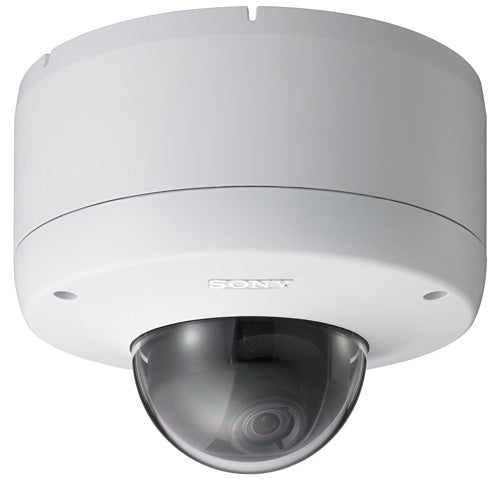
Verdict
Key Specifications
- Review Price: £998.75
Sony’s latest mini-dome IP camera is designed with the great outdoors in mind as the SNC-DF80P comes enclosed in a casing that’s vandal proof. Typical external locations would be areas such as covered car parks but we noted that the camera has no IP (ingress protection) rating so should not be mounted where it is exposed to the elements or can be splashed with water. 
A key feature of this camera is its use of Sony’s IMD (Intelligent Motion Detection) and IOD (Intelligent Object Detection) technologies. These add some intelligence to the camera’s motion detection functions and come into play when you configure the camera for both moving and stationary objects. For the former you can select from three size settings where the largest is 64 x 64 pixels and the smallest is 8 x 8 pixels. These can be used to either stop the camera being triggered by small objects or make it miss not even a fly.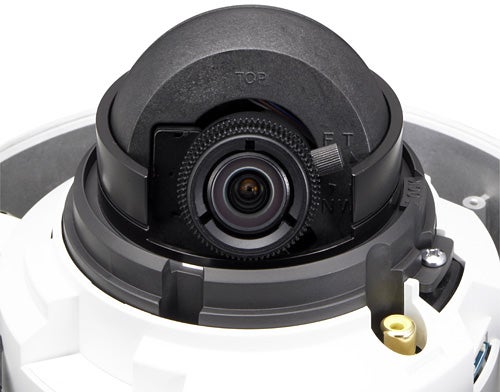
Stationary objects are referred to as unattended objects and the camera uses a baseline image to decide whether anything has changed in the area under surveillance. Essentially, any object that should be there but suddenly disappears can trigger an alarm if it isn’t back in place after a preset interval. Alternatively, if a new object appears and remains in the view for a specified time this can also be used to trigger an event. If an event causes a trigger to be activated you can configure the camera to store images in its own memory or a CompactFlash card, send them to an FTP server and email them to selected addresses. An unusual feature is the ability to store up to three voice files on the camera and have them played over an attached speaker if an event occurs.
The camera is enclosed in a sturdy aluminium jacket with the lens assembly inside a clear plastic dome. For external mounts you can have all cabling exit the chassis base or through a hole in the side where a protective pipe can be sealed to it for further protection. The camera is 802.3af PoE compliant which was rather handy for us as Sony doesn’t include an external power supply in the standard package. For testing we had no problems using an HP ProCurve 2626-PWR PoE switch. Sony also offers an optional internal heater but this requires 22W to operate which is beyond the means of PoE as 15.4W is its top whack.
There’s more work to do as once the base has been secured you need to manually position the lens to the desired viewing angle and sort out zoom and focus. Sony has this covered as you can attach a monitor to the internal S-Video port to see what you’re doing. The lid can then be replaced where it is secured with tamper-proof Torx screws. To ensure the unsuspecting public don’t get clobbered by accident the camera base has a wire retaining strap, all screws are designed to remain in situ after being loosened, and the lid has a rubber security strap as well.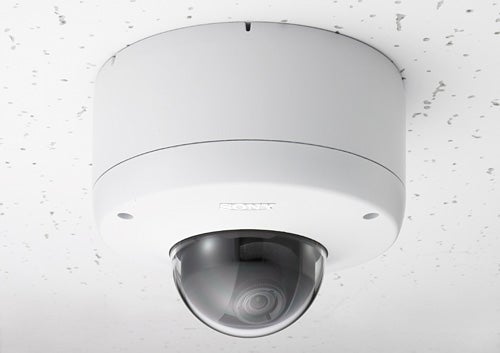
Network installation won’t take long as Sony’s IP Setup utility scans the network and displays the camera ready for configuration. From here you can modify its IP address and HTTP port settings, change the date and time, and implement network bandwidth restrictions. The web interface opens with options to choose MPEG4 or M-JPEG feeds and for the latter you can use the camera’s ActiveX control or Java app. Next up comes the live view and we can safely say Sony has made some major improvements in this department, which has traditionally been a big weakness. We found the focus to be very sharp at either end of the 3.6X zoom whilst colour balance was acceptingly realistic with no artifacts to spoil our view. It’s not quite as good as Axis’ 225FD which performs better in higher light levels, but is good enough for facial recognition if needed.
Motion also comes across well as the camera can deliver 25fps at the top resolution of 640 x 480 pixels. Two-way audio is on the menu although you’ll need to plug the supplied cable into the camera’s internal port and route it outside to allow a microphone and speaker to be connected. As with all IP cameras we found audio to suffer from a lag of around one second. You can add analogue recording devices as the camera has a BNC composite connector cable as well. An I/O connector block is also provided allowing devices such as door alarms to be connected and external alarms to be linked to motion detection triggers. The camera can operate down to 0.06lux in mono mode and we found this worked extremely well with all the lights in the lab turned off and the only illumination coming from an adjacent street lamp.
”’Verdict”’
You’ll always pay a premium for external IP cameras but Sony’s latest mini-dome offers an impressive range of feature for your money. It won’t like getting wet but for surveillance in covered areas it has a lot going for it with particularly good motion detection options.
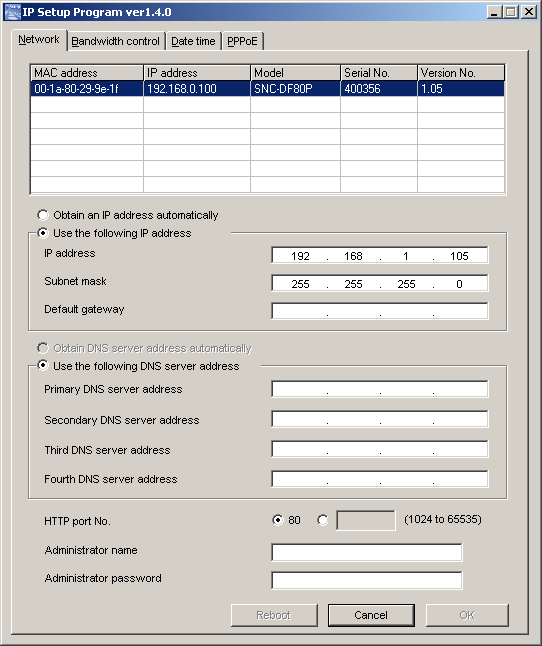 (centre)”’Sony’s IP Setup locates the camera on the network and sorts out IP addressing.”’(/centre)
(centre)”’Sony’s IP Setup locates the camera on the network and sorts out IP addressing.”’(/centre)
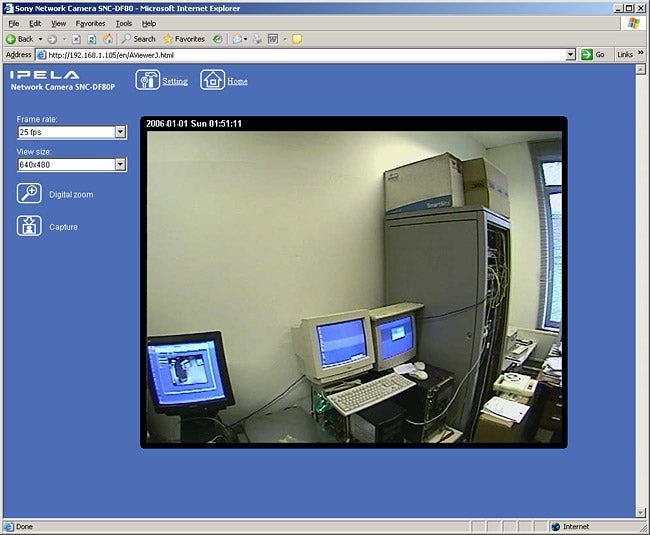 (centre)”’A certain fish-eye quality to the image but good clarity and focus nonetheless.”’(/centre)
(centre)”’A certain fish-eye quality to the image but good clarity and focus nonetheless.”’(/centre)
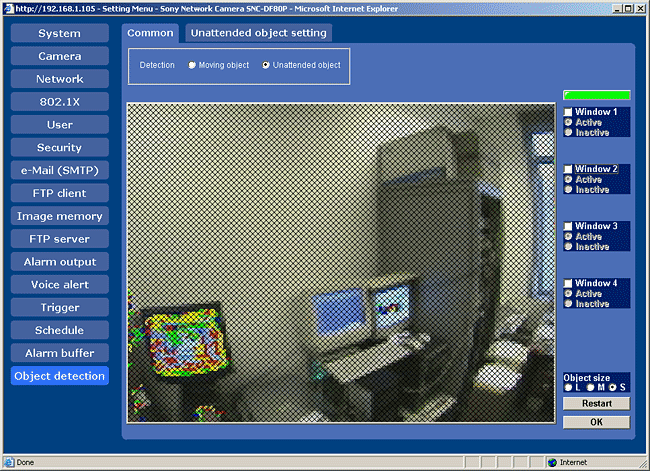 (centre)”’Sony’s motion detection features offer a range of smart options.”’(/centre)
(centre)”’Sony’s motion detection features offer a range of smart options.”’(/centre)
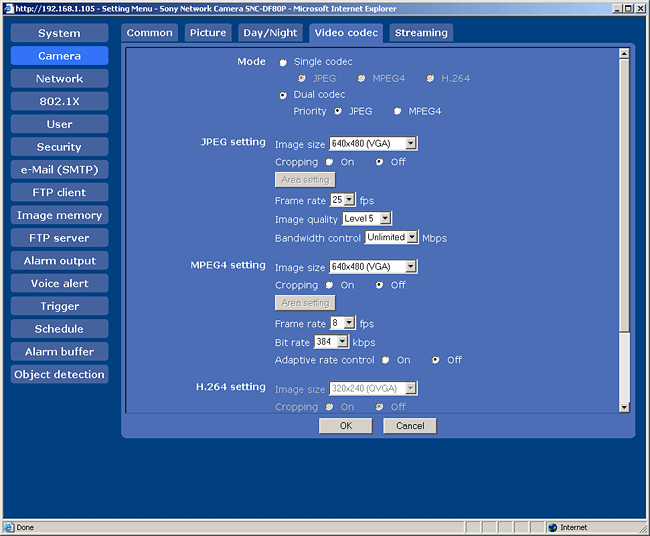 (centre)”’The camera supports simultaneous MPEG4 and M-JPEG compression plus the H.264 codec.”’(/centre)
(centre)”’The camera supports simultaneous MPEG4 and M-JPEG compression plus the H.264 codec.”’(/centre)
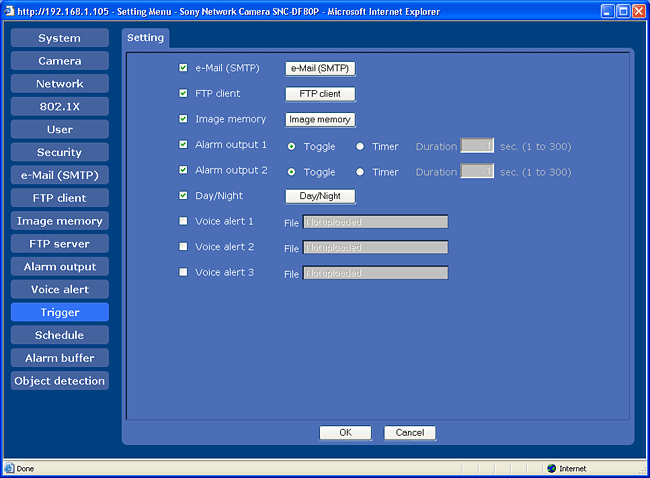 (centre)”’If motion detection is triggered there’s a lot of alarms and functions the camera can activate.”’(/centre)
(centre)”’If motion detection is triggered there’s a lot of alarms and functions the camera can activate.”’(/centre)
Trusted Score
Score in detail
-
Value 7
-
Features 8

